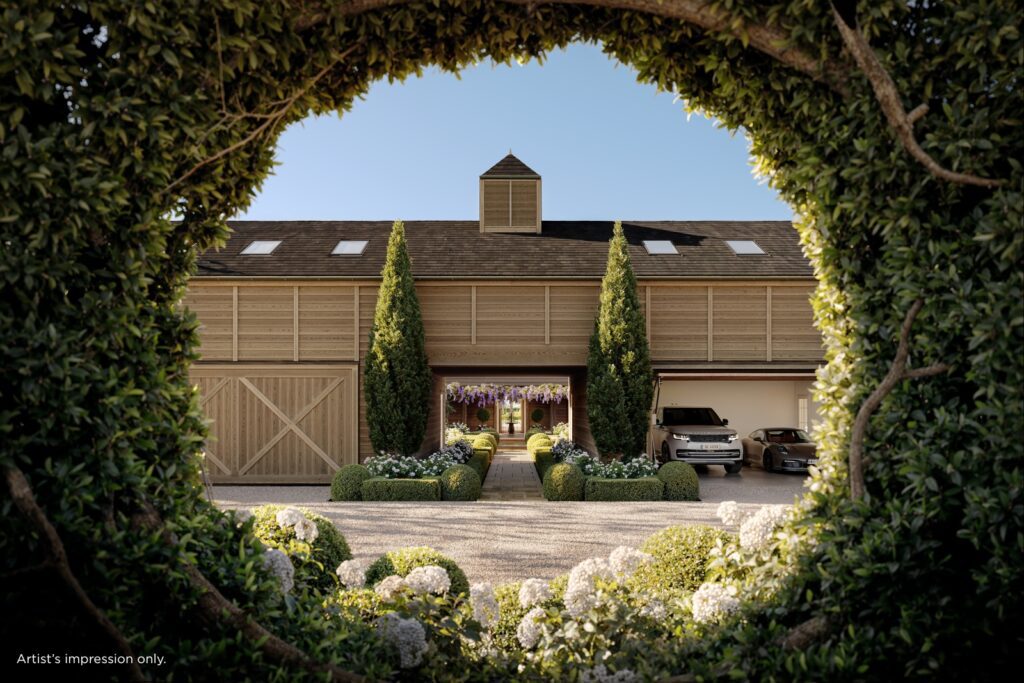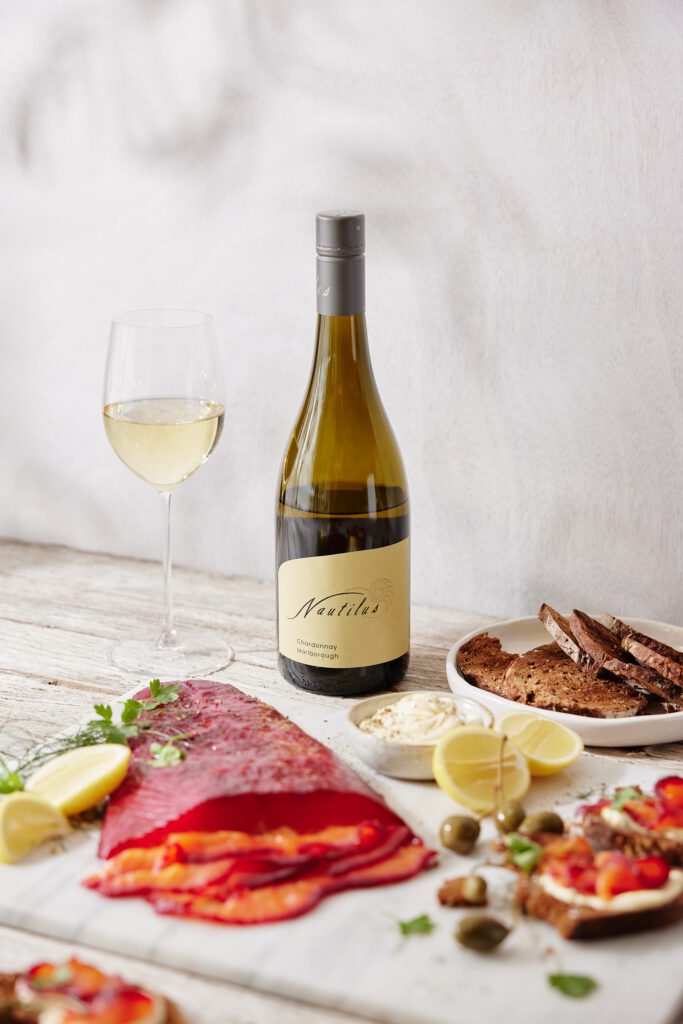In remote Spain, Mary Gaudin discovers architecture that’s worth travelling for

Chilean architects Mauricio Pezo and Sofia von Ellrichshausen’s practice is intellectual and rigorous, emotional and playful in equal measures. Through their practice, Pezo von Ellrichshausen, they have an almost taxonomic approach to architecture. They repeat forms with the idea that, at least conceptually, they’re producing nothing new. In this way, their projects are connected; part of a progression. They rethink aspects of one project in the next – referencing previous work, but without pastiche.
In a few residential designs, they’ve explored the notion of a central void: leaving void as void, filling it with a staircase, leaving it open to the elements. At Solo Pezo in Cretas, north-east Spain, they’ve again explored the theme. This time the void is filled with a square pool in the centre of a tiled courtyard.

Solo Pezo is the first in the Solo Houses series of architecturally designed holiday homes, an ambitious project by French property developer Christian Bourdais and cultural events organiser Eva Albarran.
“Our idea for the Solo Houses was to work with architects as you would work with artists when commissioning large-scale installations, to give them a maximum of artistic freedom,” says Bourdais. Only two of the houses have been built – Solo Pezo in 2013 and Solo Office, by Belgium architects Office: Kersten Geers David Van Severen, in 2014.

Solo Pezo is on a 100-hectare site in Aragon, close to the border of Catalonia, on a plateau overlooking the Els Ports nature reserve. Conscious of the isolated setting, the architects see Solo Pezo as an end point to a long journey. Von Ellrichshausen describes the 100-step ascent to the building as an “almost perverse staircase”. They’ve prolonged and heightened the arrival. Only nearing the end of the climb do you glimpse the building.

At the top you’re faced with entering the building via one of two identical staircases. It’s a playful touch that’s mirrored in symmetry and form throughout the house. After making your choice, you enter the monastic concrete interior illuminated by turquoise light from two openings in the pool. Again, you can choose to go left or right. Again, the outcome is the same.
A step up, you move around the pool to the opposite side and you’re faced with a beautiful concrete staircase. The element of surprise is a thrill as you leave the darkness and enter into the light above. Again, you play the game of which door to try; which room to enter. Each of the four rooms is identical in volume: two bedrooms, a kitchen and a living room connected at their corners by courtyards.

Essentially an elevated rotunda on a podium, it’s a house on top of the trees. When I visited at the end of a very hot summer, the grass had dried to a honey tone, contrasting with green pine trees. The concrete exterior, too, had taken on a honeyed hue. The narrow black metal that forms railings at the entrance also wraps around the house, dissecting large windows that completely retract to open up the rooms. The timber used to form the concrete walls appears elsewhere as a mirroring device – as ceiling panels, for example; a softening touch.

The weather was due to break the day after my arrival. Although I wanted to shoot in the sunshine, I was curious to see how the house would feel in the rain. The next morning, after a brief glimpse of the sun rising over the hills, the weather closed in and proceeded to pour for the rest of my stay. It reminded me of holidays on New Zealand’s West Coast, when it rained so hard that venturing outside was all but impossible.
It became clear how very well the place has been designed for summer, the way it completely opens up to the outside; the central courtyard to the elements. Watching the rain fall into the pool and observing the acoustics of the courtyard were a highlight, reminding me of a line from a favourite poem by Hone Tuwhare: “I can hear you making small holes in the silence, rain.”

Solo Pezo is solar-powered and off-grid. At night there is no sound. I had come on my own; the first time since living in Europe that I could remember being so isolated. Pezo and von Ellrichshausen talk of neutrality being important in their architecture. They see this concept as strongly connected to the way people experience places with a certain sense of familiarity. As Pezo says, “You feel comfortable because it feels as if the house has been there forever.”
Words & Photography by: Mary Gaudin.




